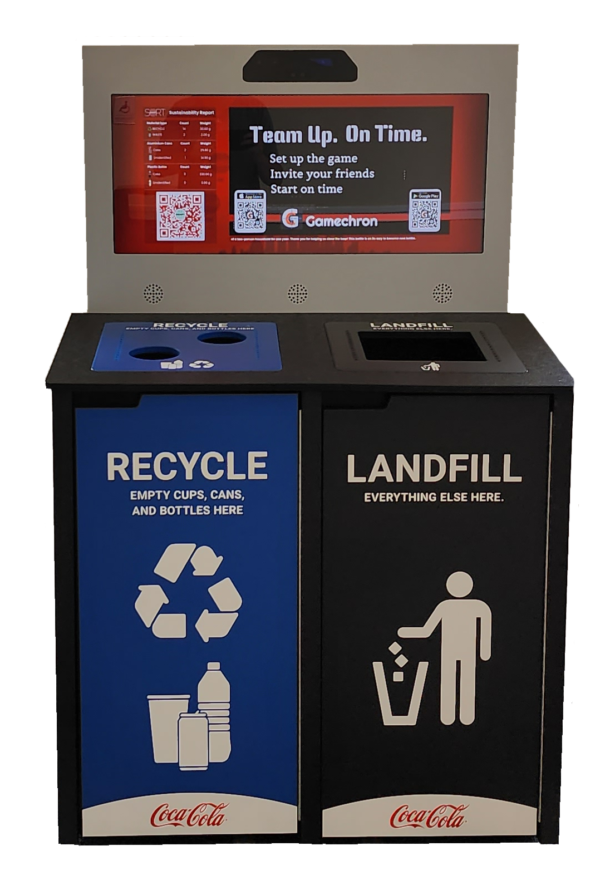WHAT TO RECYCLE
There are few materials that cannot be recycled. The most common recyclables include paper, batteries, plastics, and glass.
Paper
According to the latest data from the EPA, paper products make up the largest percentage (26%) of all waste materials in the United States. This is an upward trend that can continue to improve. Make sure to keep magazines, cardboard boxes, and mail out of the trash.
Plastic
Progress on plastic recycling has been slow in the United States. Back in 1970 less than 1% of plastic waste was recycled, and that number 45 years later was only 9%. Plastic places an added stressor on landfills as it can take anywhere from five to 600 years to break down.
Glass
Only 1% of glass in the United States was recycled in 1970. That number slowly increased to 26% in 2015. Now, it presents an opportunity for additional growth. You may have jam jars, dressing containers, or drink bottles that can all be rinsed and recycled.
Metals
You can recycle those soup cans, soda cans, and even aluminum foil! Make sure to clean off any food particles before you toss it in the recycle bin. Americans currently discard about 2.7 million tons of aluminum each year and only about 50% is recycled.
Batteries
Did you know that car batteries are the most recycled product in America? They aren’t the only type of battery that you can recycle. Determine what type of battery you have and find a recycling location.
Electronics
A United Nations study reported that globally, only 20% of e-waste was recycled in 2016. This e-waste includes consumer electronics including laptops, mobile phones, and TVs. These products can contain toxic substances, so disposing of them properly is even more important for the planet.
TIPS FOR RECYCLING
Even masters of recycling can find room for improvement. Here are some tips to recycle more efficiently and effectively.
- Make sure it’s clean! One single dirty product can contaminate an entire bale. It can ultimately cause recyclable items to get redirected into a landfill.
- Flatten cardboard. This will save space in your bin and make room for more recycling.
- Set up designated recycling containers at home, work, and school.
- Look for products made out of recycled materials when you shop.
- Identify which types of plastic your building and neighborhood will accept.
- Before you recycle, think about reducing your waste and re-using items in a new way.
- Local artists and schools might be able to use your materials for their work and classes.
- Spread the word! Encourage others to recycle with you.




